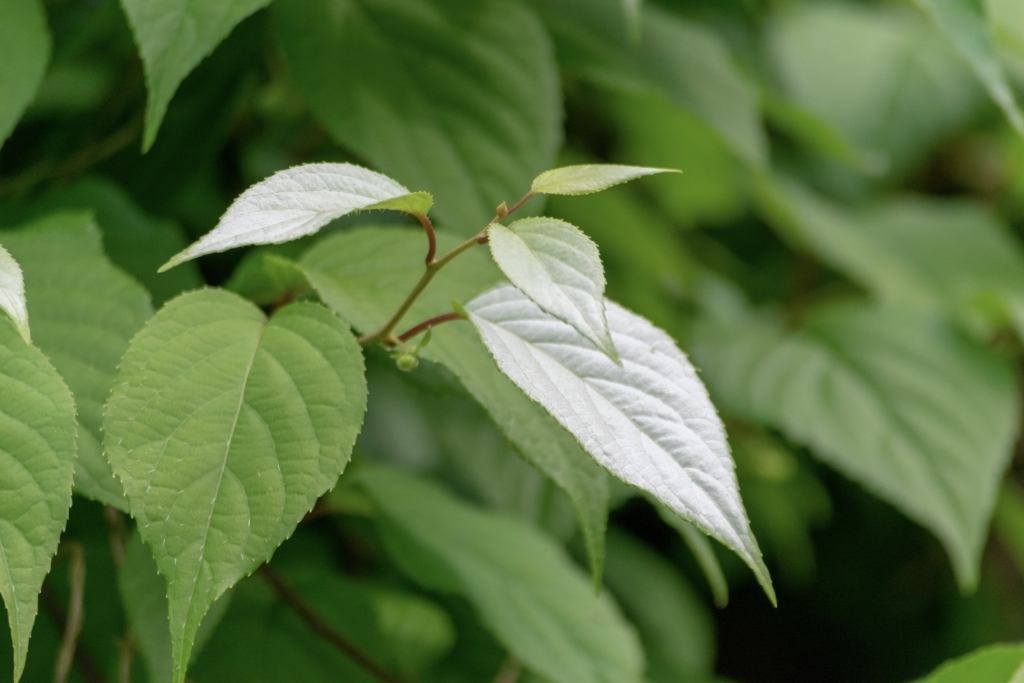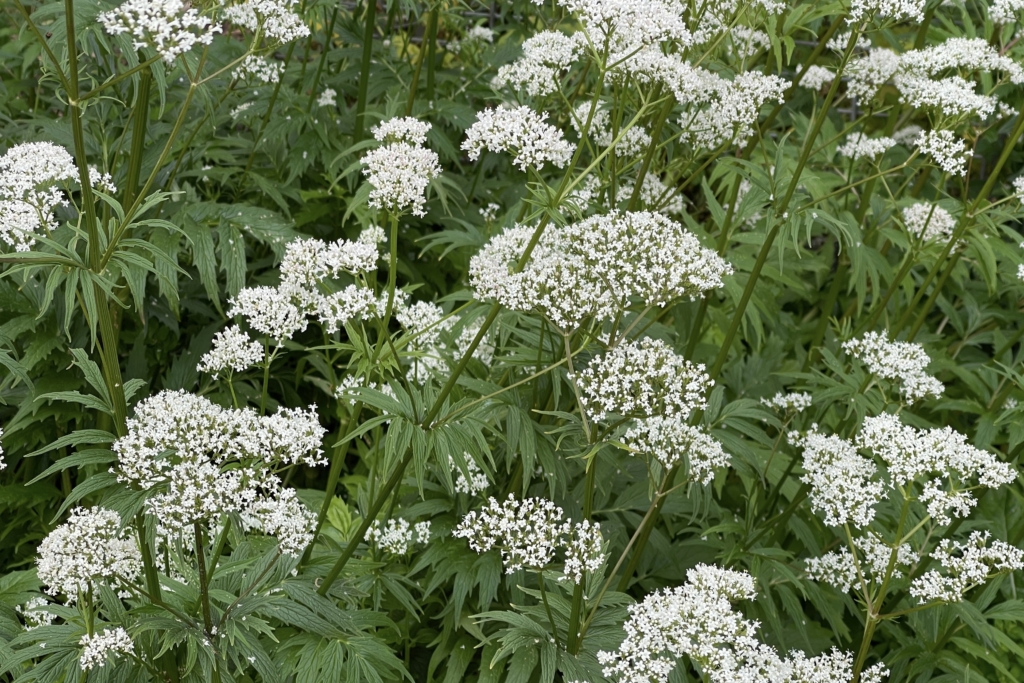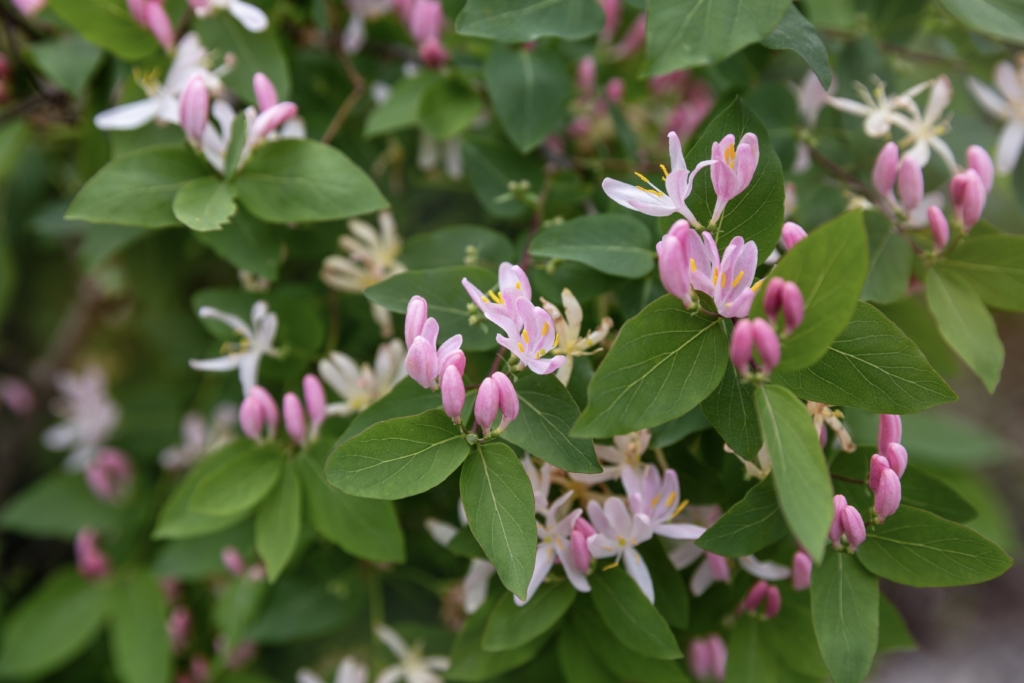Many cats enjoy the euphoric effects they experience from inhaling or ingesting catnip. That’s why ZippyPaws puts catnip in every ZippyClaws® cat toy we make.
However, responsiveness to catnip depends on a cat’s age and genetics. Sensitivity to the effects of catnip is an inherited trait that, if present, emerges somewhere between 3 and 6 months of age. Unfortunately, about 30% of cats do not inherit this trait, and will lack any sensitivity to catnip’s active ingredient nepetalactone.
Don’t fret though, if your cat doesn’t react to catnip, there are a few alternatives your cat can safely enjoy that may provide them with similar stimulating or calming effects. These include silvervine, valerian root, and Tatarian honeysuckle. Even if your cat does react to catnip, these options may also be enjoyed by them.
Read on to learn a bit more about these alternatives to catnip.
Silvervine

Silvervine (Actinidia polygama) is a climbing fruit-bearing plant that’s native to the mountainous regions of China, Japan, and Korea. A member of the kiwi family (Actinidiaceae), silvervine gets its name from the silver-white markings on its leaves. The plant produces white flowers and an edible egg-shaped fruit.
While catnip contains only one active ingredient (nepetalactone), silvervine contains many active ingredients, including actinide, dihydroactinidiolide, and nepetalactol (like nepetalactone found in catnip). Silvervine is considered more potent than catnip and affects approximately 80% of cats – even those who don’t respond to catnip.
Silvervine is available in several options for your cat to enjoy, including sticks, gall fruit, sprays, and powders. The most potent form of silvervine is derived from the gall fruit and is available whole or powdered. Cats respond to silvervine similarly to the way they react to catnip, rolling in it, drooling over it, and even licking it.
Fun Fact:
Silvervine is called Matatabi in Japan, where a cat’s wiggly response to it is affectionately referred to as the “Matatabi Dance.”
Valerian

Valerian (Valeriana officinalis) is a flowering herbaceous perennial plant native to Europe and Asia that has been naturalized in North America. The herb produces fragrant pink or white flowers, and features lance-shaped leaflets with toothed edges and stems that are thick and hairy. Getting its name from the Latin word “valere,” which means “to be strong and healthy,” the plant has long been used as a traditional medicine and dietary supplement to ease insomnia, restlessness, stomach cramps, and more.
For the 30% of felines who do not respond to the effects of catnip, valerian root provides an alternative cat attractant that elicits a similar response to catnip in approximately 50% of all cats. The active ingredient in valerian root is actinidine, a compound that acts as a stimulant when sniffed, but when consumed orally can leave them with an overall sense of calm and relaxed vibes.
Valerian for cats can be given to your cat in a couple of ways – consumed orally or sniffed. The best way for them to consume it is with a calming treat containing valerian, or with a liquid herbal extract that can be given directly or added to their food or water. For sniffing, valerian root is available in dried and chopped pieces, fine powders, and sprays.
Please note that cats should never consume human-grade valerian powder or tablets as they could contain other ingredients (e.g. garlic) that are toxic to cats.
Fun Fact:
Valerian has been used as a medicinal herb since the time of ancient Greece and Rome, with a verifiable history of use as a treatment for insomnia, anxiety, stomach cramps, and other ailments.
Tatarian Honeysuckle

Tatarian honeysuckle (Lonicera tatarica) is a multi-stemmed deciduous shrub native to eastern Asia. It was first imported and grown in North America in the mid-1700s for ornamental uses. Regarded as a highly invasive, Tatarian honeysuckle has since spread and naturalized in much of the East and Midwest. Tatarian honeysuckle features blue-green, spade-shaped leaves and produces clusters of tubular flowers in shades of pink to red. And, it has a sweet fragrance typical of honeysuckle plants.
Tatarian honeysuckle comes in wood forms (chunks, slabs, slices), catnip blends, bubble blowing solutions and sprays. Tatarian honeysuckle is strictly an olfactory stimulant and should not be consumed orally by cats. Inhaling the scent of Tatarian honeysuckle will give your cat a sense of euphoria that is similar to the effects catnip. The active ingredient in Tatarian honeysuckle, like valerian root, is a chemical compound called actinidine that acts as a stimulant in approximately 50% of all cats.
Fun Fact:
There are approximately 200 species of honeysuckle plants worldwide, but Tatarian honeysuckle is the only one that seems to have an effect on cats.
Catnip and its Alternatives at a Glance
Use this at-a-glance chart to see a quick comparison of catnip and its alternatives.
| Catnip | Silvervine | Valerian Root | Tatarian Honeysuckle | |
|---|---|---|---|---|
| Scientific name | Nepeta Cateria | Actinidia polygama | Valeriana officinalis | Lonicera tatarica |
| Other Names | Catmint, catswort, field balm | Matatabi, Japanese catnip | Common valerian, garden heliotrope, all-heal | Bush honeysuckle |
| Plant Type | Herbaceous perennial | Fast-growing, fruit-bearing vine | Flowering perennial | Multi-stemmed deciduous shrub |
| Cat Attractants | Nepetalactone | Actinide, Nepetalactol | Actinidine | Actinidine |
| Responsiveness | Approx. 70% | Approx. 80% | Approx. 50% | Approx. 50% |
| Smelling Effects | Hyperactivity, playfulness, rolling, rubbing, running | Hyperactivity, playfulness, rolling, rubbing, running | Hyperactivity, playfulness, rolling, rubbing, running | Hyperactivity, playfulness, rolling, rubbing, running |
| Eating Effects | Hyperactivity, playfulness, rolling, rubbing, running | Drooling, Euphoria, Meowing, Purring, Sleepiness | Drooling, Euphoria, Meowing, Purring, Sleepiness | Non-ingestible |
Whichever option you choose, just know that your cat appreciates you enriching their lives and keeping them healthy and happy. Now, go play – your cat awaits!
